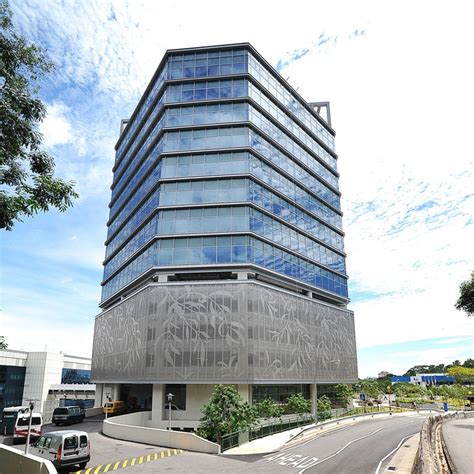

Understanding Character Arrays Step-by-Step Guide to Storing Strings in Arrays
How to Store String in Array in C: A 10,000+ Character Guide

In the vibrant world of C programming, arrays reign supreme as indispensable data structures. They allow you to organize and manipulate multiple variables of the same type under a single umbrella. Harnessing the power of arrays is crucial for tackling a vast array of programming challenges, including the efficient storage and retrieval of strings. This comprehensive guide will unveil the secrets of storing strings in arrays in C, empowering you to unlock new realms of programming possibilities.
A string, in the realm of C, is a sequence of characters that terminates with a special character known as the ‘null character’ (\0). Character arrays in C are specifically designed to accommodate such strings, providing an efficient mechanism for their storage and manipulation. Each element within a character array represents an individual character of the string.
Key Characteristics of Character Arrays:
- Element Type: Character (char)
- Zero-Based Indexing: Elements are numbered starting from 0
- Null Termination: Strings end with the null character (\0)
1. Declaration:
char string_array[length + 1];
- string_array: Name of the character array
- length: Size of the array (number of characters to be stored)
- + 1: Additional space for the null character
2. Initialization:
strcpy(string_array, "String to be stored");
- strcpy: Function for copying a string into an array
- “String to be stored”: The string to be stored in the array
Example:
char name_array[20 + 1];
strcpy(name_array, "John Doe");
Common Mistakes to Avoid:
- Forgetting to Include the Null Character: Failing to terminate the string with a null character may lead to unpredictable behavior and program crashes.
- Exceeding Array Size: Attempting to store a string larger than the declared array size can result in buffer overflow errors.
Beyond the basics, C offers advanced techniques for storing strings in arrays, catering to specific requirements and optimizations.
Dynamic Memory Allocation:
Dynamic memory allocation allows you to allocate memory for an array at runtime, providing greater flexibility for handling strings of varying lengths.
char *string_ptr = malloc(length + 1);
strcpy(string_ptr, "Dynamically allocated string");
- malloc: Function for dynamic memory allocation
- string_ptr: Pointer to the dynamically allocated string
String Literals:
String literals represent strings directly embedded within program code and stored in a read-only memory segment.
char *string_literal = "String stored as a literal";
- string_literal: Pointer to the string literal
-
How long should character arrays be?
– Allow sufficient space for the string to be stored, including the null character. -
How can I concatenate strings in arrays?
– Use strcat() function to append one string to the end of another. -
How can I compare strings stored in arrays?
– Use strcmp() function for string comparison. -
How can I convert character arrays to strings?
– Use %s format specifier with printf() to print character arrays as strings. -
How can I convert strings to character arrays?
– Use strcpy() or strncpy() functions to copy strings into character arrays. -
What are the advantages of dynamic memory allocation for strings?
– Allows flexible allocation of memory for strings of varying lengths, preventing buffer overflows and memory leaks.
The ability to store strings in arrays unlocks countless applications in real-world scenarios:
- Database Management: Efficient storage and retrieval of string data in database systems.
- Text Processing: Parsing and manipulation of text strings in natural language processing and machine learning algorithms.
- Cryptography: Secure storage and encryption of sensitive string data.
- Web Development: Dynamic generation and rendering of HTML content from strings.
- Operating Systems: Management of file paths, environment variables, and other string-based system information.
Future Trends and Innovations
The realm of string storage in arrays is continuously evolving, driven by advancements in programming languages and hardware capabilities.
- Unicode Support: Wider adoption of Unicode encoding for supporting international characters in strings.
- Big Data Processing: Optimization of string storage and processing for large-scale data analytics.
- Quantum Computing: Exploration of quantum algorithms for enhanced string manipulation and search.
Mastering the art of storing strings in arrays in C empowers programmers with a versatile tool for organizing, manipulating, and leveraging textual data. By embracing the techniques outlined in this comprehensive guide, you gain the confidence to tackle diverse programming challenges and unlock the full potential of your applications. Continue exploring the depths of C programming and unlock new realms of innovation in the digital world.










